Collective Molecular Activities of the Plant: Mesembryanthemum Tortuosum
Plant ID: NPO12693
Plant Latin Name: Mesembryanthemum Tortuosum
Taxonomy Genus: Mesembryanthemum
Taxonomy Family: Aizoaceae
Plant External Links:
NCBI TaxonomyDB:
216016
Plant-of-the-World-Online:
n.a.
Country/Region:
Madagascar; Angola; South Africa; Zimbabwe; China; SwazilandTraditional Medicine System:
TCMMadagascar; Angola; South Africa; Zimbabwe; China; Swaziland
Overview of Ingredients
81 All known Ingredients in Total
Unique ingredients have been isolated from this plant.Plant-Ingredients Associations were manually curated from publications or collected from other databases.
63 Ingredients with Acceptable Bioavailablity
Unique ingredients exhibit acceptable human oral bioavailablity, according to the criteria of SwissADME [PMID: 28256516] and HobPre [PMID: 34991690]. The criteria details:SwissADME: six descriptors are used by SwissADME to evaluate the oral bioavailability of a natural product:
☑ LIPO(Lipophility): -0.7 < XLOGP3 < +5.0
☑ SIZE: 150g/mol < MW < 500g/mol
☑ POLAR(Polarity): 20Ų < TPSA < 130Ų
☑ INSOLU(Insolubility): -6 < Log S (ESOL) < 0
☑ INSATU(Insaturation): 0.25 < Fraction Csp3 < 1
☑ FLEX(Flexibility): 0 < Num. rotatable bonds < 9
If 6 descriptors of a natural plant satisfy the above rules, it will be labeled high HOB.
HobPre: A natural plant ingredient with HobPre score >0.5 is labeled high human oral availability (HOB)
24 Ingredients with experimental-derived Activity
Unique ingredients have activity data available.Ingredient Structrual Cards
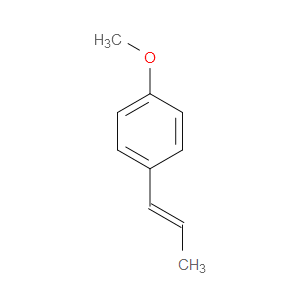
Ingredient ID: NPC99886
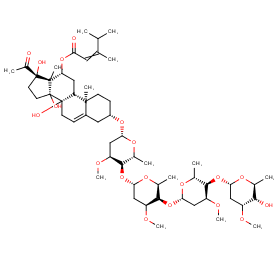
Ingredient ID: NPC99847

Ingredient ID: NPC9014
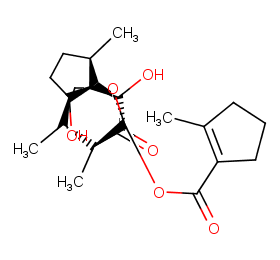
Ingredient ID: NPC89798

Ingredient ID: NPC87232

Ingredient ID: NPC85423
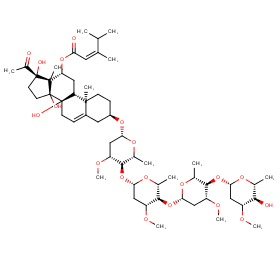
Ingredient ID: NPC83832
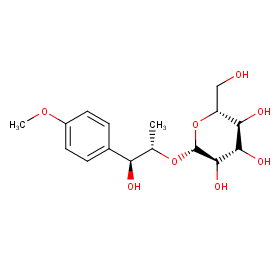
Ingredient ID: NPC83028
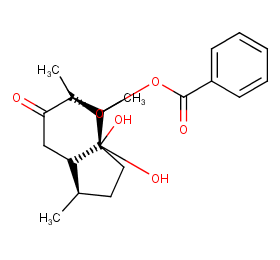
Ingredient ID: NPC79913
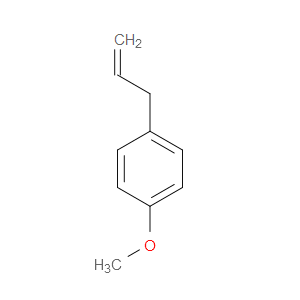
Ingredient ID: NPC71853

Ingredient ID: NPC71327
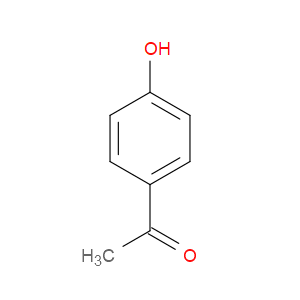
Ingredient ID: NPC6984
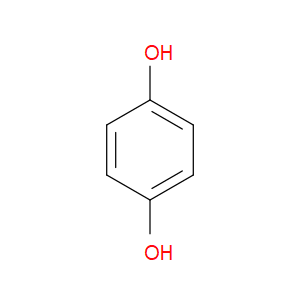
Ingredient ID: NPC65517
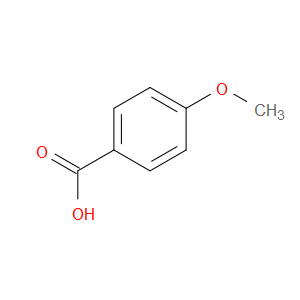
Ingredient ID: NPC61779
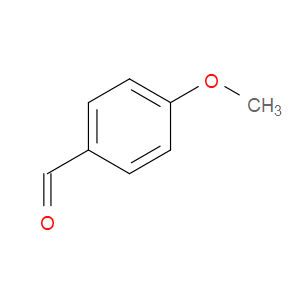
Ingredient ID: NPC57879
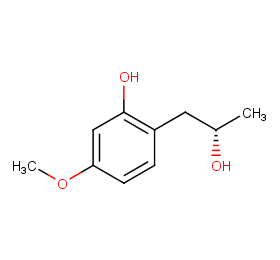
Ingredient ID: NPC51114
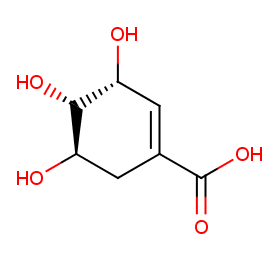
Ingredient ID: NPC47844

Ingredient ID: NPC4718

Ingredient ID: NPC44489

Ingredient ID: NPC38209
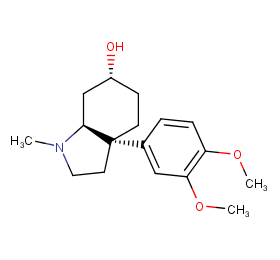
Ingredient ID: NPC36650

Ingredient ID: NPC34406
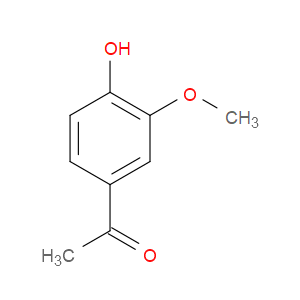
Ingredient ID: NPC32163
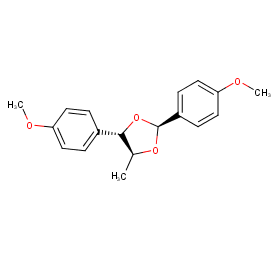
Ingredient ID: NPC315

Ingredient ID: NPC31279
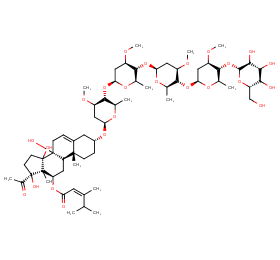
Ingredient ID: NPC307095
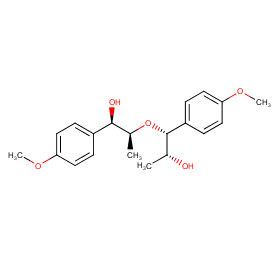
Ingredient ID: NPC306988

Ingredient ID: NPC306720
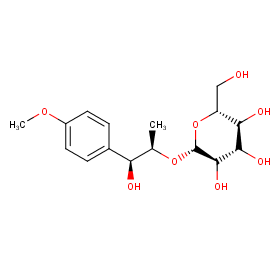
Ingredient ID: NPC306647

Ingredient ID: NPC305205
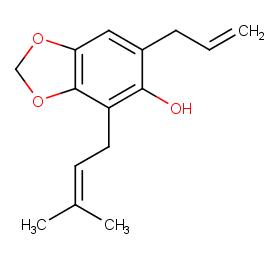
Ingredient ID: NPC303740

Ingredient ID: NPC303621
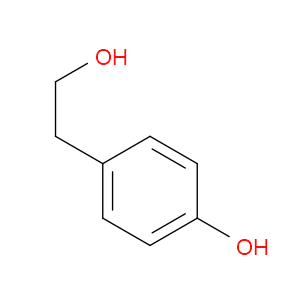
Ingredient ID: NPC300017

Ingredient ID: NPC298834
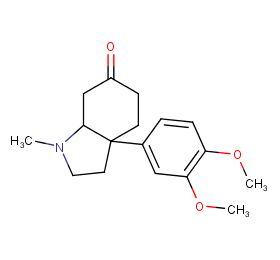
Ingredient ID: NPC298817
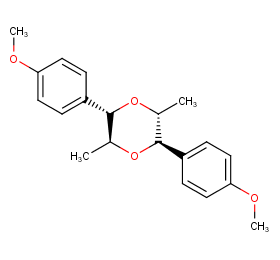
Ingredient ID: NPC289475

Ingredient ID: NPC283843
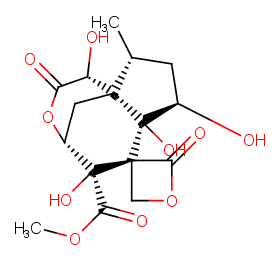
Ingredient ID: NPC281387
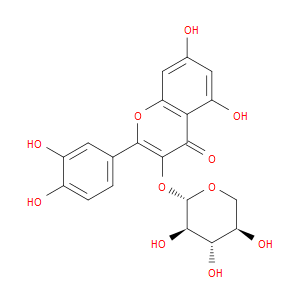
Ingredient ID: NPC276222

Ingredient ID: NPC271527
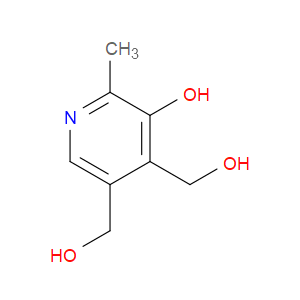
Ingredient ID: NPC269919
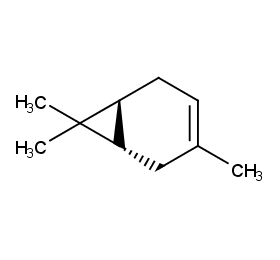
Ingredient ID: NPC268862
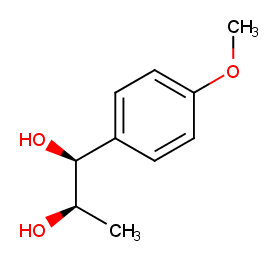
Ingredient ID: NPC264288
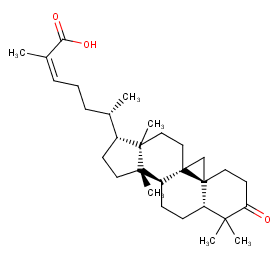
Ingredient ID: NPC263222
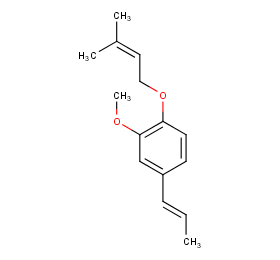
Ingredient ID: NPC258171

Ingredient ID: NPC257451
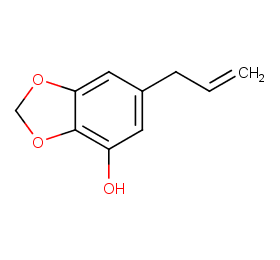
Ingredient ID: NPC257190
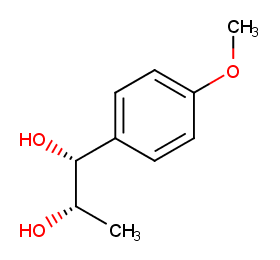
Ingredient ID: NPC251306

Ingredient ID: NPC249624
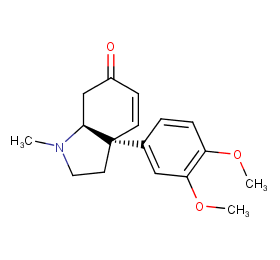
Ingredient ID: NPC243475

Ingredient ID: NPC240163

Ingredient ID: NPC232881
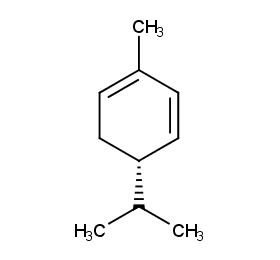
Ingredient ID: NPC232375
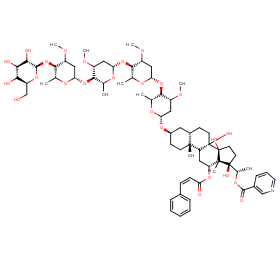
Ingredient ID: NPC215990

Ingredient ID: NPC209705

Ingredient ID: NPC194155

Ingredient ID: NPC193812

Ingredient ID: NPC188501
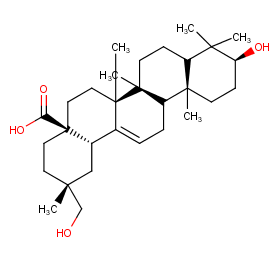
Ingredient ID: NPC182797

Ingredient ID: NPC176326
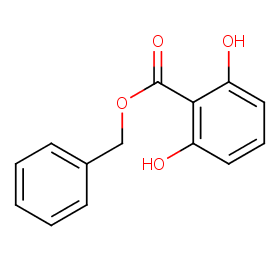
Ingredient ID: NPC16737

Ingredient ID: NPC16525
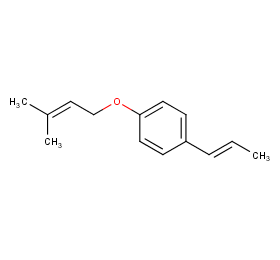
Ingredient ID: NPC164958
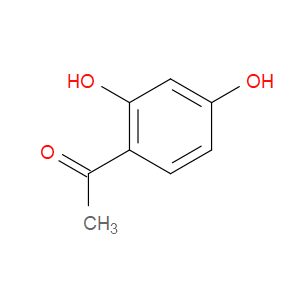
Ingredient ID: NPC161617

Ingredient ID: NPC159312
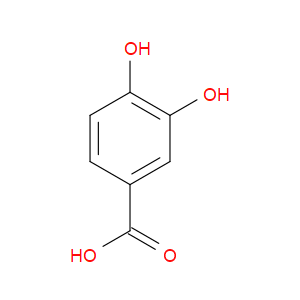
Ingredient ID: NPC156654

Ingredient ID: NPC151775
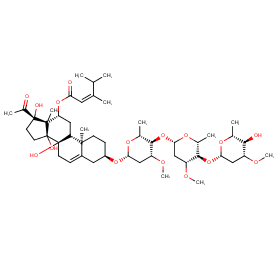
Ingredient ID: NPC147800

Ingredient ID: NPC140805
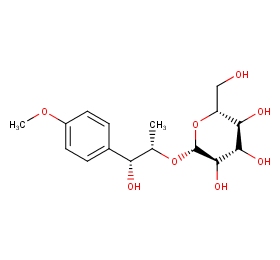
Ingredient ID: NPC139576
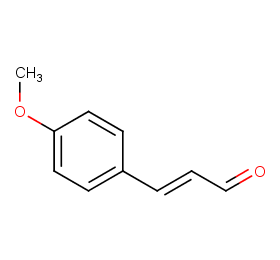
Ingredient ID: NPC13755
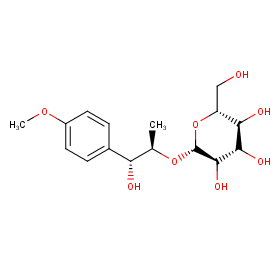
Ingredient ID: NPC130849
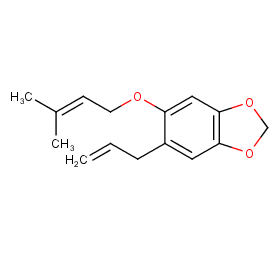
Ingredient ID: NPC126825
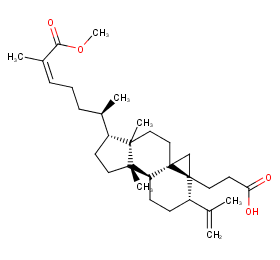
Ingredient ID: NPC125793

Ingredient ID: NPC125564

Ingredient ID: NPC119039

Ingredient ID: NPC118636

Ingredient ID: NPC110634

Ingredient ID: NPC109875
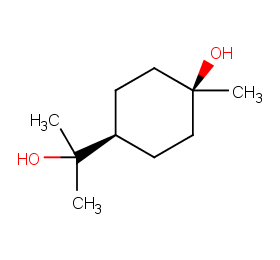
Ingredient ID: NPC108441

Ingredient ID: NPC103531
Classification of Human Proteins Collectively Targeted by the Plant
Detailed Information of Target Proteins
| Target Type | Protein Class | Gene ID | Protein Name | Uniprot ID | Target ChEMBL ID |
|---|---|---|---|---|---|
| Drug Transporter | SLC superfamily of solute carriers | SLC6A4 | Serotonin transporter | P31645 | CHEMBL228 |
| Therapeutic Target | Enzyme | BLM | Bloom syndrome protein | P54132 | CHEMBL1293237 |
| Therapeutic Target | Lyase | CA14 | Carbonic anhydrase XIV | Q9ULX7 | CHEMBL3510 |
| Therapeutic Target | Lyase | CA2 | Carbonic anhydrase II | P00918 | CHEMBL205 |
| Therapeutic Target | Other cytosolic protein | MAPT | Microtubule-associated protein tau | P10636 | CHEMBL1293224 |
| Therapeutic Target | Phosphodiesterase 4 | PDE4B | Phosphodiesterase 4B | Q07343 | CHEMBL275 |
| Therapeutic Target | Transcription factor | TP53 | Cellular tumor antigen p53 | P04637 | CHEMBL4096 |
Clinical trials associated with plant from natural product (NP) & plant level:
| Clinical trials type | Number of clinical trials | |
|---|---|---|
| 43 | ||
| 1 | ||
| NCT ID | Title | Condition | Form in clinical use | Associated by plant or compound |
|---|---|---|---|---|
| NCT00000541 | Women's Antioxidant and Folic Acid Cardiovascular Study (WAFACS) | myocardial infarction;Myocardial Ischemia | Pyridoxine (NPC269919) | |
| NCT00004758 | Phase II Randomized Study of Early Surgery Vs Multiple Sequential Antiepileptic Drug Therapy for Infantile Spasms Refractory to Standard Treatment | epilepsy | Pyridoxine (NPC269919) | |
| NCT00056225 | VITAL - VITamins to Slow ALzheimer's Disease (Homocysteine Study) | Alzheimer disease | Pyridoxine (NPC269919) | |
| NCT00070434 | S0304 Induct Chemo Then Chemo-RT in Pts w/Locally Advanced Adenocarcinoma of the Rectum | colorectal carcinoma | Pyridoxine (NPC269919) | |
| NCT00114400 | BVAIT: B-Vitamin Atherosclerosis Intervention Trial | atherosclerosis | Pyridoxine (NPC269919) | |
| NCT00202280 | Efficacy of Treating First Episode Psychosis With Folic Acid,B12 and B6 in Addition to Antipsychotic Medication | psychosis | Pyridoxine (NPC269919) | |
| NCT00446147 | Study of Pyridoxine for Hand-Foot Syndrome | Hand-foot syndrome | Pyridoxine (NPC269919) | |
| NCT00469183 | Assessment of Atrophogenic Potential of Triple Combination Cream for Treatment of Melasma | freckles | Hydroquinone (NPC65517) | |
| NCT00472966 | Efficacy and Safety of Therapy With Tri-Luma® Cream in Sequence With Glycolic Acid Peels for Melasma | freckles | Hydroquinone (NPC65517) | |
| NCT00669071 | Treatment w/ Tri-Luma® Cream & Intense Pulsed Light (IPL) vs a Mild Inactive Control Cream & Intense Pulsed Light (IPL) in Melasma | freckles | Hydroquinone (NPC65517) |
❱❱❱ Associated Human Diseases and Detailed Association Evidence
How do we define the Plant-Targeted Human Disease Association?
Associated human diseases of an individual plant are summurized based on FOUR types of association evidence, these include:
❶ Association by Therapeutic Target: Bioactive protein targets of the plant were defined in "Molecular Targets" section, target-disease associations collected from TTD database were subsequently used to build the associations between the plant and its targeted human diseases.
❷ Association by Disease Gene Reversion: Plant and a specific disease will be associated when >= 1 plant target gene overlaped with disease's DEGs.
❸ Association by Clinical Trials of Plant: Plant and a specific disease will be associated when >= 1 clinical trial (the plant is the intervetion) can be matched in ClinicalTrials.gov database.
❹ Association by Clinical Trials of Plant Ingredients: Plant and a specific disease will be associated when >= 1 clinical trial (the plant ingredient is the intervetion) can be matched in ClinicalTrials.gov database.
Associated Disease of the Plant | Association Type & Detailed Evidence |
|---|---|
Acute myeloid leukaemiaDisease Category: 02.NeoplasmsDisease ICD-11 Code: 2A60 |
MAPT,TP53
|
Adenocarcinoma of bronchus or lungDisease Category: 02.NeoplasmsDisease ICD-11 Code: 2C25.0 |
BLM
|
Adenocarcinoma of pancreasDisease Category: 02.NeoplasmsDisease ICD-11 Code: 2C10.0 |
CA14,PDE4B,CA2,BLM
|
Adenocarcinoma of stomachDisease Category: 02.NeoplasmsDisease ICD-11 Code: 2B72.0 |
BLM
|
Alzheimer diseaseDisease Category: 08.Diseases of the nervous systemDisease ICD-11 Code: 8A20 |
SLC6A4,MAPT
NCT00056225 |
AnxietyDisease Category: 21.Symptoms, signs or clinical findings, not elsewhere classifiedDisease ICD-11 Code: MB24.3 |
CYP3A4,SLC6A4
|
AsthmaDisease Category: 12.Diseases of the respiratory systemDisease ICD-11 Code: CA23 |
PDE4B
NCT00992667 |
Atopic eczemaDisease Category: 14.Diseases of the skinDisease ICD-11 Code: EA80 |
PDE4B,CYP3A4
|
Attention deficit hyperactivity disorderDisease Category: 06.Mental, behavioural or neurodevelopmental disordersDisease ICD-11 Code: 6A05 |
SLC6A4
NCT02189772,NCT01685281,NCT00995085,NCT01243242 |
Bacterial infectionDisease Category: 01.Certain infectious or parasitic diseasesDisease ICD-11 Code: 1A00-1C4Z |
CA2,CA14
|

